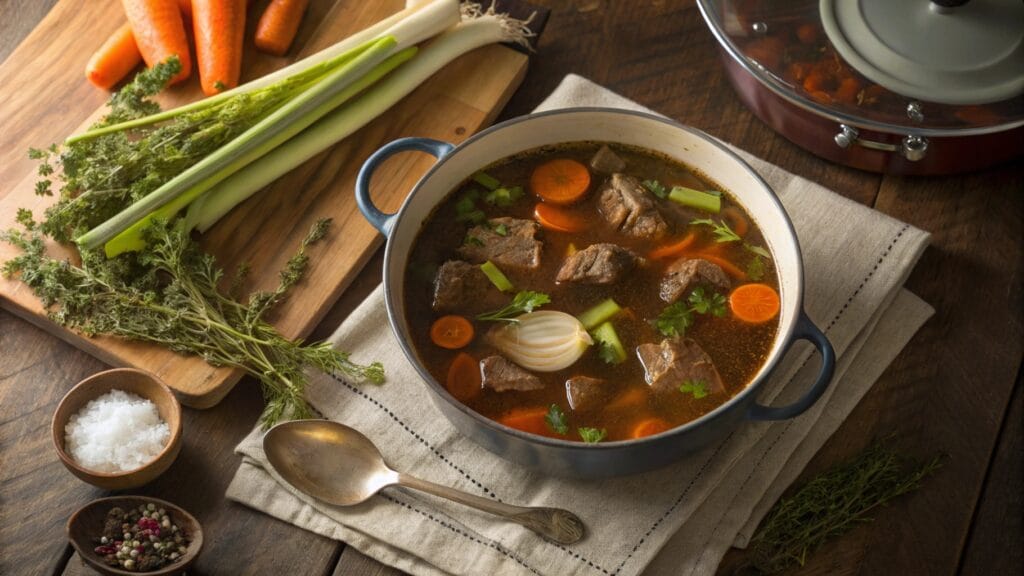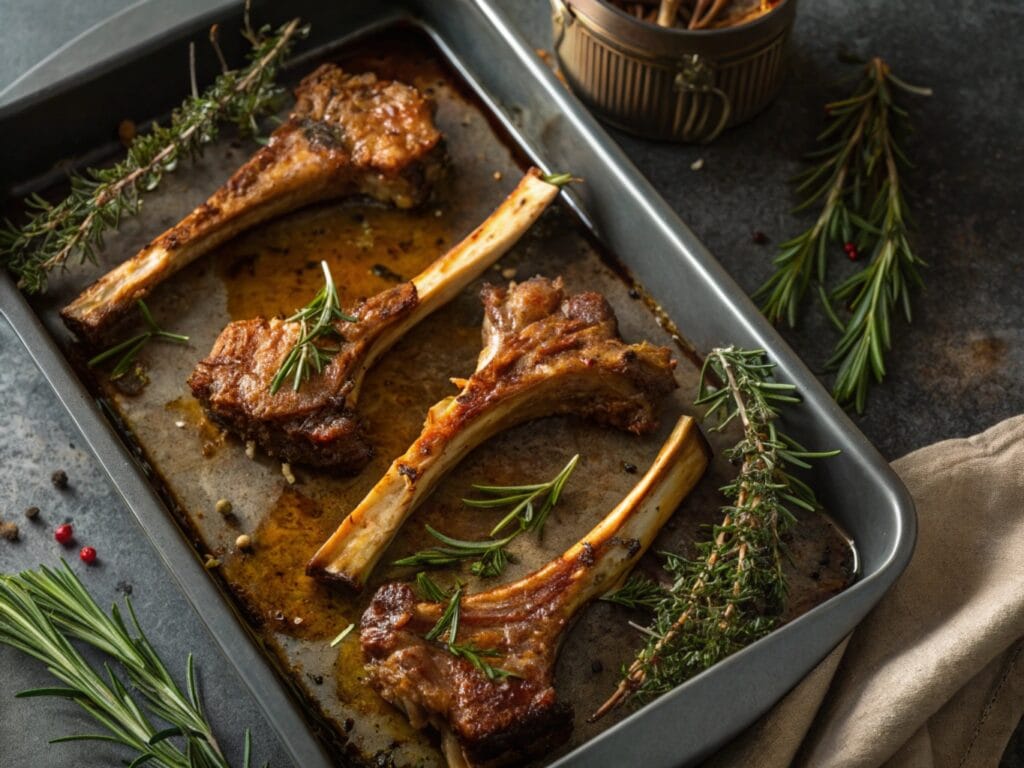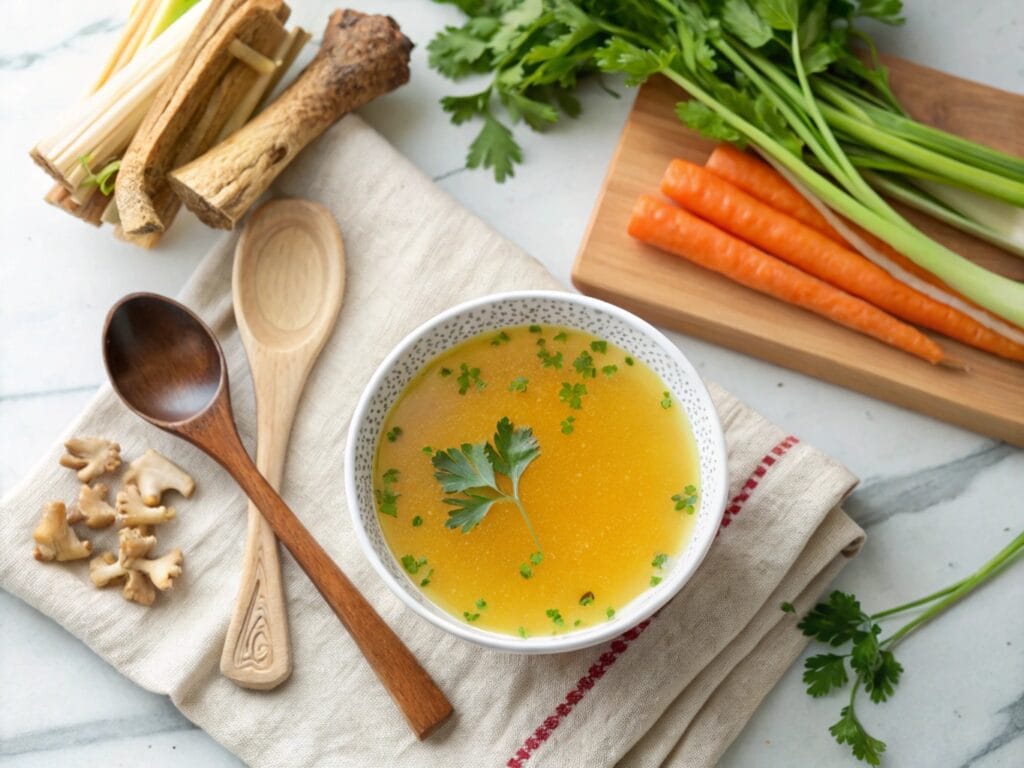Soup bones are a cornerstone of hearty and flavorful broths, offering rich taste and valuable nutrients. From creating a base for soups and stews to providing essential minerals, these humble ingredients have been celebrated in kitchens worldwide. This article explores what is considered a soup bone, diving into its types, uses, nutritional value, sourcing, and more. Whether you’re a seasoned chef or a home cook looking to enhance your meals, you’ll uncover valuable tips and insights into the art of cooking with soup bones.

Introduction to Soup Bones
What Defines a Soup Bone?
A soup bone is precisely what its name suggests—a bone primarily used to make soups, broths, and stocks. These bones typically come from beef, pork, poultry, or even lamb and often contain bits of meat, marrow, or cartilage. What makes them special is their ability to release deep, savory flavors when simmered over a long time. They act as the backbone (literally!) of many classic dishes, infusing richness and depth into every recipe they touch.
Soup bones can come with marrow (the nutrient-rich core inside the bone), small bits of meat, or connective tissue, all of which dissolve during cooking to create that silky texture in broths. Using them transforms simple ingredients into a culinary masterpiece!
Importance of Soup Bones in Culinary Practices
Why are soup bones indispensable in cooking? They deliver more than just flavor—they’re the building blocks of dishes steeped in tradition. For centuries, cultures worldwide have relied on bones to create nutritious broths, stews, and sauces. Besides enhancing taste, soup bones provide essential nutrients like collagen, gelatin, and minerals, which contribute to health benefits such as improved joint health and skin elasticity.
So next time you’re pondering what adds that unique magic to your favorite soup, remember that soup bones are the unsung heroes behind it all. Their versatility and value make them a must-have in any kitchen.
Types of Soup Bones
Beef Soup Bones: Marrow and Meat Composition
When most people ask, “What is considered a soup bone?”, beef soup bones are likely the first that come to mind. These bones often come from larger cuts like shanks, knuckles, or ribs and are prized for their marrow. The marrow, found inside the bone, is a creamy, nutrient-packed substance that adds incredible richness to broths.
In addition to marrow, beef soup bones frequently have bits of meat and connective tissue attached. When simmered, these components break down to create gelatin, giving broths that luscious, silky texture. For recipes like French onion soup or pho, beef soup bones are the key ingredient to achieving authentic depth of flavor.
Pork and Poultry Soup Bones
Pork soup bones, often taken from ham hocks or neck bones, offer a slightly sweeter flavor profile. They’re perfect for stews like bean soup or split pea soup, where the subtle sweetness complements other ingredients. Similarly, poultry soup bones, such as chicken backs, necks, and wings, are incredibly versatile. They create light yet flavorful broths that form the base for many comforting chicken noodle soups or risottos.
Vegetarian Alternatives: Root Vegetables and Mushrooms
While traditional soup bones come from animals, vegetarian options like roasted root vegetables (carrots, parsnips) and mushrooms can mimic the umami-rich qualities of meat bones. These plant-based alternatives aren’t technically “soup bones,” but they serve a similar purpose—adding depth, nutrients, and complexity to broths.
By choosing the right type of soup bone—or its alternative—you can tailor the flavor and texture of your broth to suit any recipe, making every meal a flavorful adventure.
Nutritional Value of Soup Bones
Vitamins and Minerals Extracted from Bones
When you simmer soup bones, their nutrients seep into the broth, creating a health-boosting elixir. Rich in calcium, phosphorus, and magnesium, the broth contributes to stronger bones and better overall health. For example, beef bones are known to release trace amounts of iron and zinc, while poultry bones are abundant in collagen, crucial for skin elasticity and joint health.
The marrow in beef soup bones is another nutritional powerhouse, containing essential fats, vitamins like A and K, and anti-inflammatory properties. It’s no wonder bone broth has earned its reputation as a superfood!
Health Benefits of Collagen and Gelatin
One of the standout benefits of cooking with soup bones is the collagen and gelatin they provide. Collagen, a protein found in bones and connective tissues, is often touted for its role in maintaining healthy skin, joints, and hair. When simmered, collagen transforms into gelatin, which not only thickens broths but also aids digestion and gut health.
Using soup bones ensures that your meals aren’t just tasty but also packed with essential nutrients. Whether you’re sipping on a warm bowl of bone broth or using it as a base for another dish, you’re nourishing your body with each bite. So, if you’re ever wondering, “What is considered a soup bone?”, remember it’s not just about flavor—it’s about health, too.
How to Use Soup Bones in Recipes

Making Stock or Broth with Soup Bones
Soup bones are a secret weapon for crafting rich, flavorful broths. To make stock, start by simmering the bones in water with aromatics like onions, carrots, celery, and herbs. Over time, the nutrients and gelatin from the bones infuse the liquid, creating a base for soups, sauces, or even sipping on its own. This slow process extracts every bit of flavor, making it an essential technique for dishes like French onion soup or ramen.
If you’ve ever wondered, “What is considered a soup bone?”, it’s this very ingredient that transforms a simple pot of water into a magical, nutrient-packed liquid. Don’t forget to skim off impurities during the cooking process for a clear and clean-tasting stock!
Flavor Enhancements in Stews and Soups
Soup bones aren’t just for broth—they can elevate stews and soups too. Add them to your favorite recipes for beef stew or chicken soup to deepen the flavors. Bones with some meat left on them contribute a smoky richness when roasted beforehand.
For example, roasted beef bones in a hearty vegetable soup create a balance of umami and sweetness. Similarly, pork bones are excellent for split pea or bean soups, lending a subtle sweetness that complements legumes perfectly.
Tips for Properly Roasting Soup Bones Before Use
Before simmering, try roasting your soup bones in the oven. This step caramelizes the natural sugars, enhancing their flavor. Set your oven to 400°F, spread the bones on a baking sheet, and roast them for 20-30 minutes until they’re golden brown. Roasted bones are perfect for adding depth to beef bourguignon or lamb stew.
For more detailed recipe inspiration, you can check out this Soup Bones Guide on Tanglerecipes.
Where to Source and Purchase Soup Bones
Local Butcher Shops vs. Supermarkets
Finding high-quality soup bones is easier than you might think. Local butcher shops are an excellent place to start—they often have bones from freshly processed meat. Butchers are also knowledgeable about which types of bones work best for broths, such as knuckles for gelatin or marrow bones for richness.
Supermarkets typically offer pre-packaged soup bones in the meat section. While convenient, these may lack the variety and freshness of butcher-sourced options. Still, they’re a practical choice for beginners exploring what is considered a soup bone.
Sustainably Sourcing Bones for Ethical Cooking
If sustainability matters to you, consider purchasing organic or grass-fed bones from farmers’ markets or specialty stores. These options ensure the animals were raised ethically, and the bones are free from added hormones or antibiotics. Sustainable sourcing isn’t just better for the environment; it also often results in tastier, more nutrient-rich broths.
For a treasure trove of recipes that use sustainably sourced ingredients, check out Tanglerecipes’ What Bones Are Best for Soup?.
When it comes to cooking with soup bones, knowing where to find quality ingredients is half the battle. With a little planning, you can bring exceptional flavor and nutrition to your table!
FAQs About Soup Bones

What is the Best Way to Store Soup Bones?
Soup bones are best stored in the freezer to maintain their freshness and quality. If you’ve just purchased them from the butcher or supermarket, divide them into portions, place them in airtight freezer bags, and label them with the date. For optimal results, use them within six months, although they can last longer if frozen properly.
If you’re wondering, “What is considered a soup bone?”, remember that any bone with marrow or meat bits can be stored this way. Before freezing, blanch the bones by boiling them for a few minutes and cooling them in ice water. This process reduces impurities and helps preserve their flavor.
Can You Reuse Soup Bones for Multiple Recipes?
Yes, you can reuse soup bones, but their effectiveness diminishes with each use. The first boil extracts the majority of flavors, nutrients, and gelatin. If you decide to reuse them, the second batch of broth will likely be lighter in both taste and texture.
To maximize usage, simmer the bones longer during the first boil, ensuring you extract as much as possible. Once finished, use the spent bones for composting—they’re still great for your garden!
How Long Should Soup Bones Be Cooked?
The cooking time for soup bones depends on the recipe. Beef and pork bones generally require 8-12 hours of simmering to release their full flavors, while poultry bones take less time—around 4-6 hours. Keep the heat low and slow to draw out the nutrients without clouding the broth.
The process might seem long, but it’s well worth the effort. After all, what is considered a soup bone if not the key to the perfect pot of liquid gold?
Cultural and Historical Perspectives on Soup Bones
Traditional Uses of Soup Bones in Global Cuisine
Soup bones have played a vital role in cuisines worldwide. In French cooking, for instance, soup bones form the foundation of fonds or stocks, essential for creating sauces and soups. Similarly, in East Asian cuisines, beef or pork bones are simmered with spices and vegetables to create broths for ramen and pho.
Even Mediterranean and African dishes utilize soup bones to develop bold and hearty flavors. In these cultures, nothing goes to waste—bones are a way to stretch ingredients while adding depth to meals.
Historical Significance of Bone Broth
Historically, soup bones have been used for centuries, dating back to early human settlements. People discovered that simmering bones not only preserved their nutrients but also created a flavorful and sustaining meal. This tradition laid the groundwork for modern practices like making bone broth, which has seen a resurgence as a health trend.
Bone broth, derived from what is considered a soup bone, continues to be celebrated for its timeless appeal. Beyond its health benefits, it’s a culinary tradition that bridges the gap between ancient techniques and contemporary tastes. Every pot of broth tells a story of ingenuity and resourcefulness, passed down through generations.

